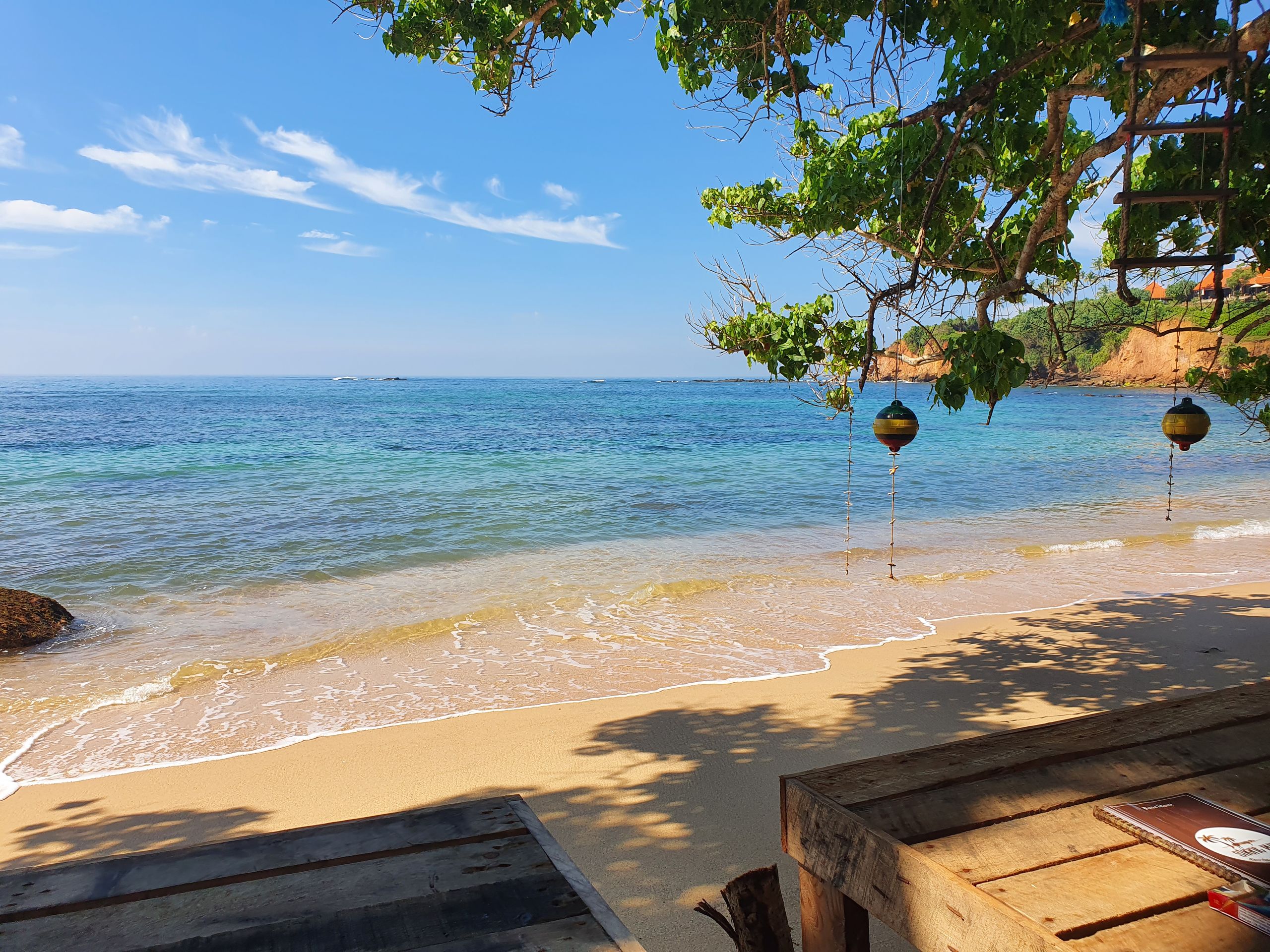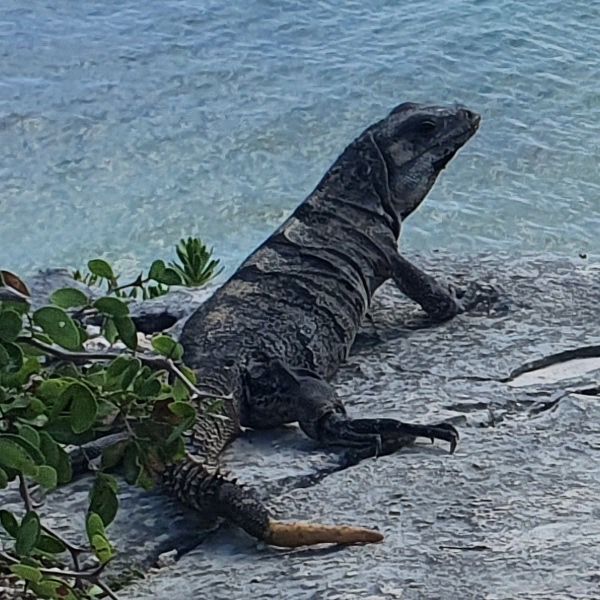Traveling through Sri Lanka by train
Verëffentlecht: 22.01.2022
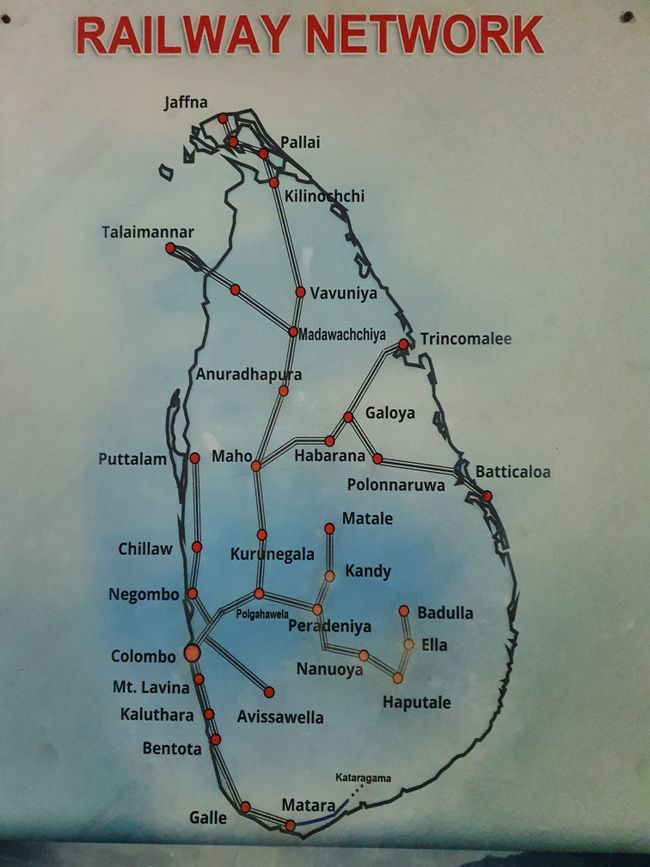
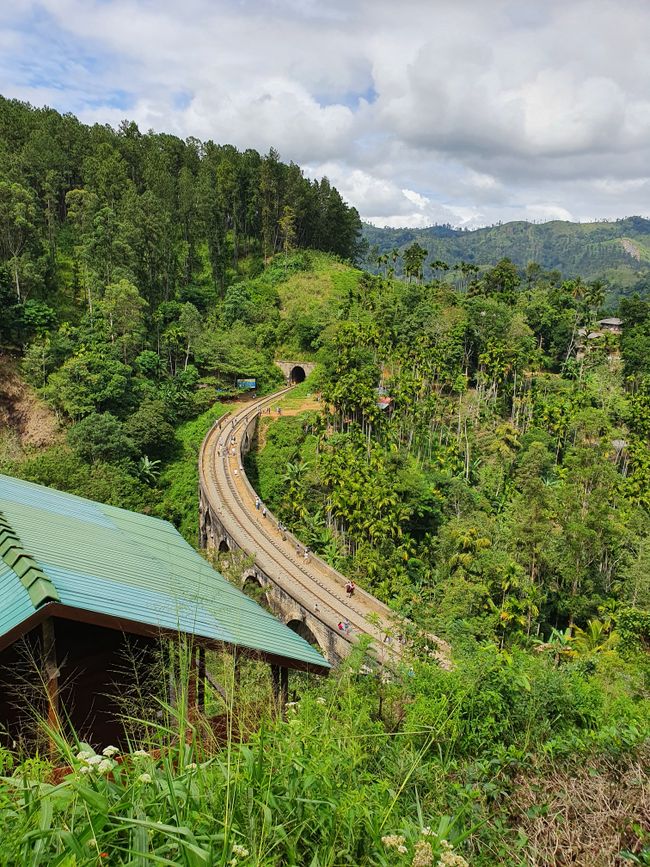
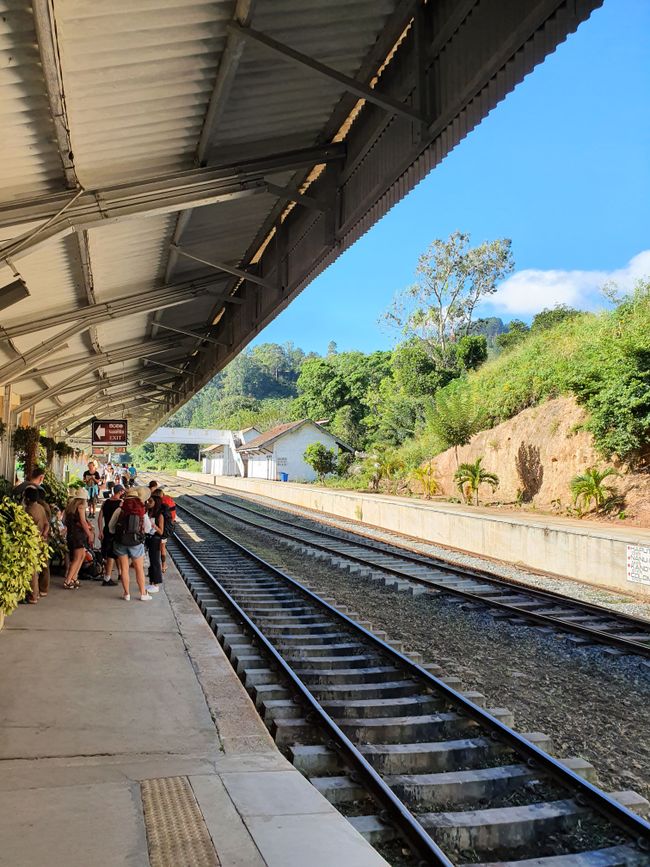
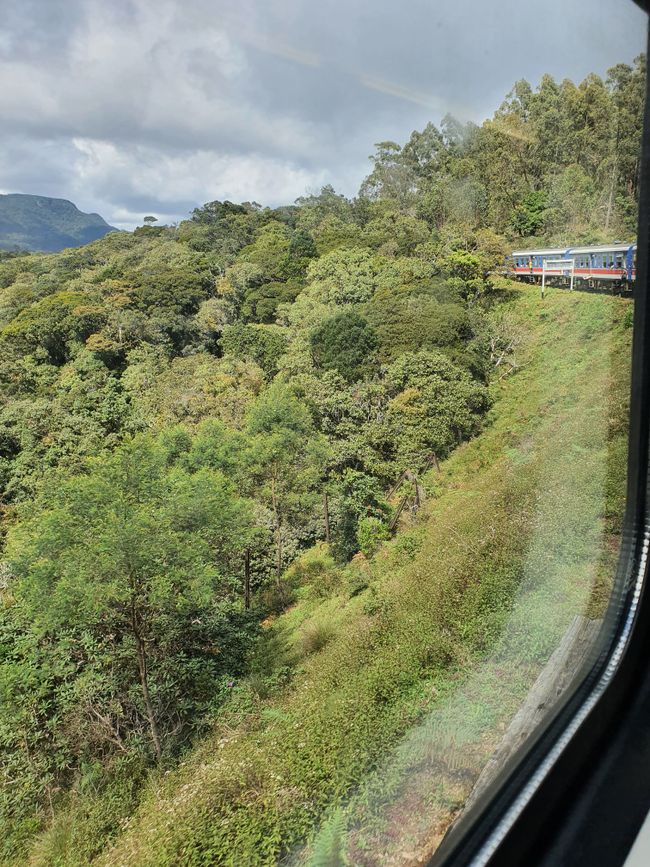
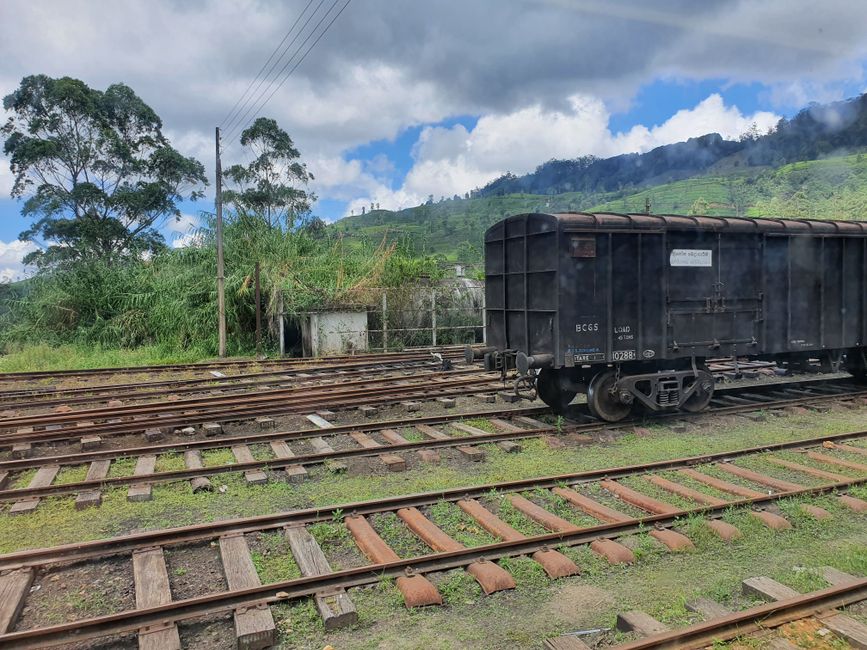
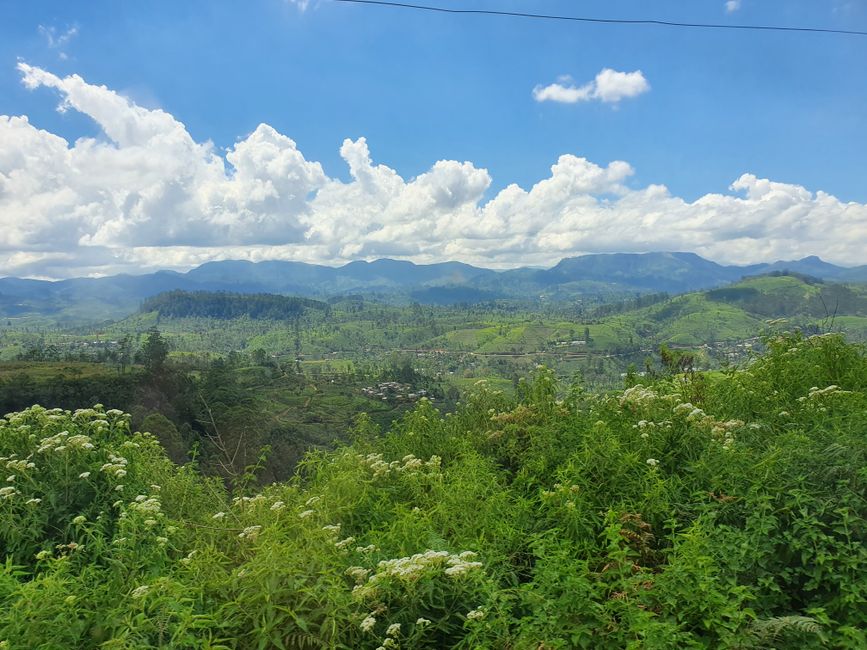
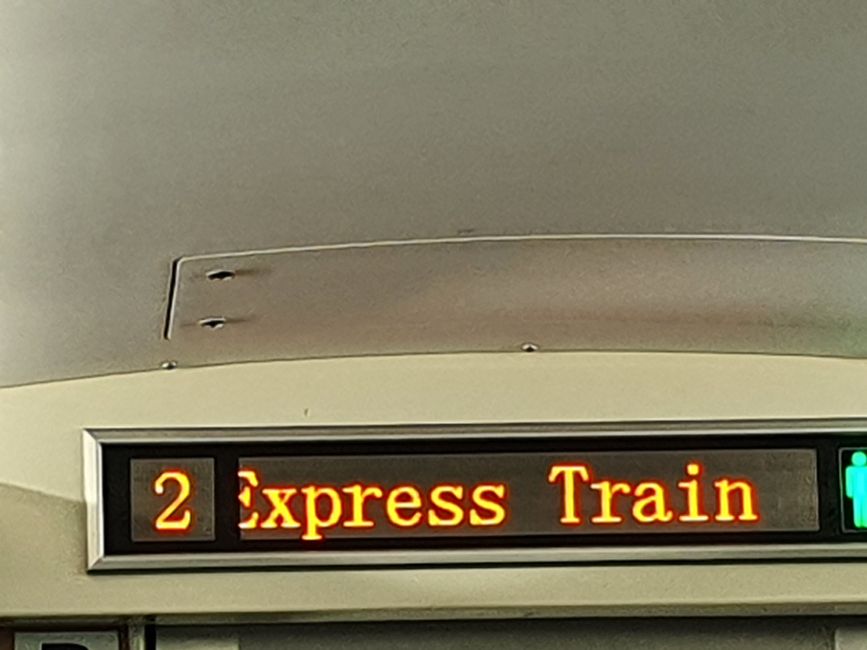
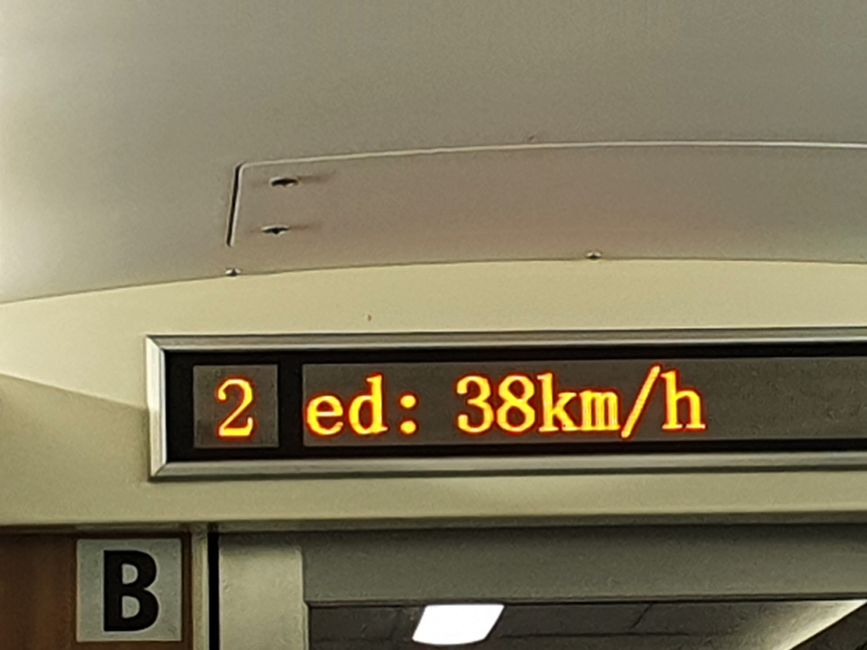
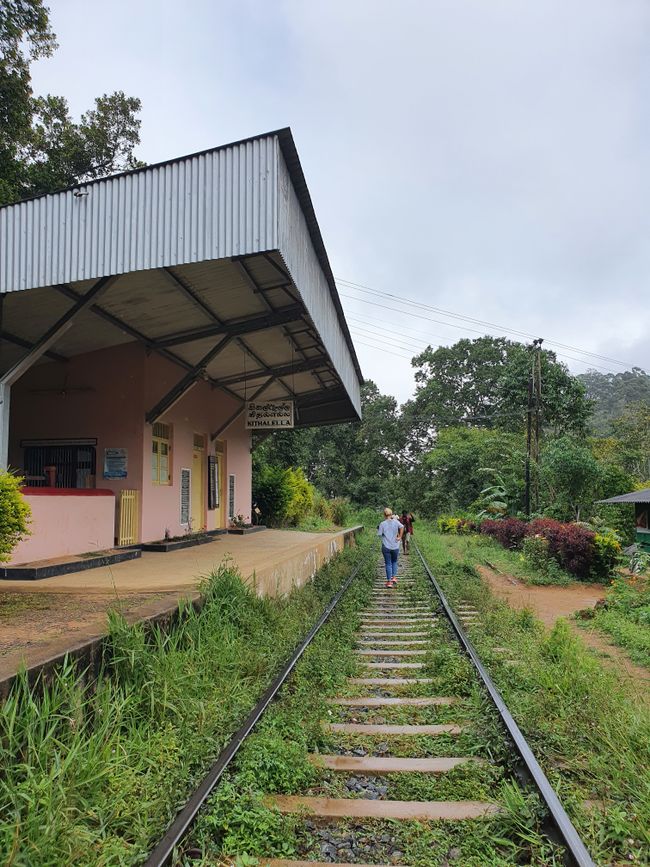
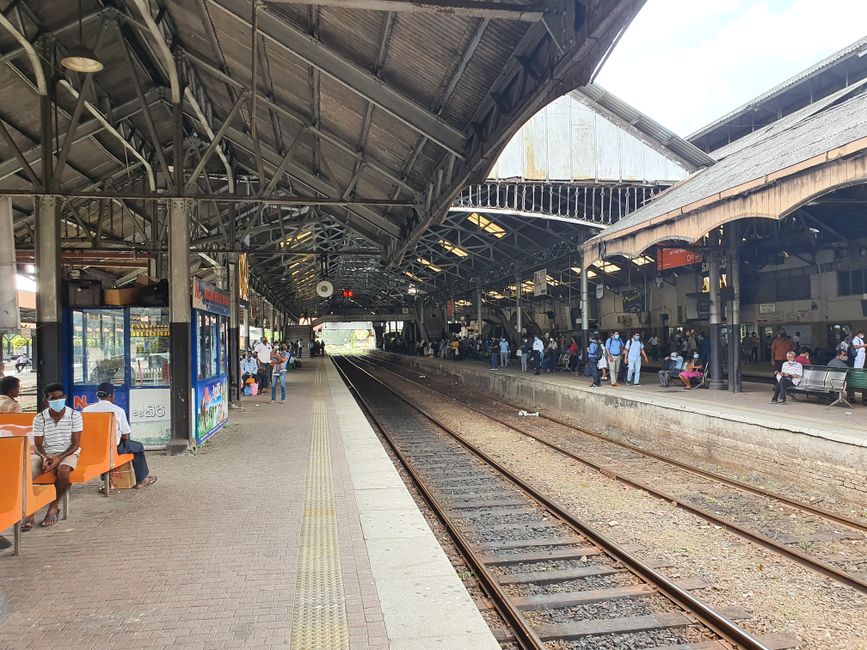
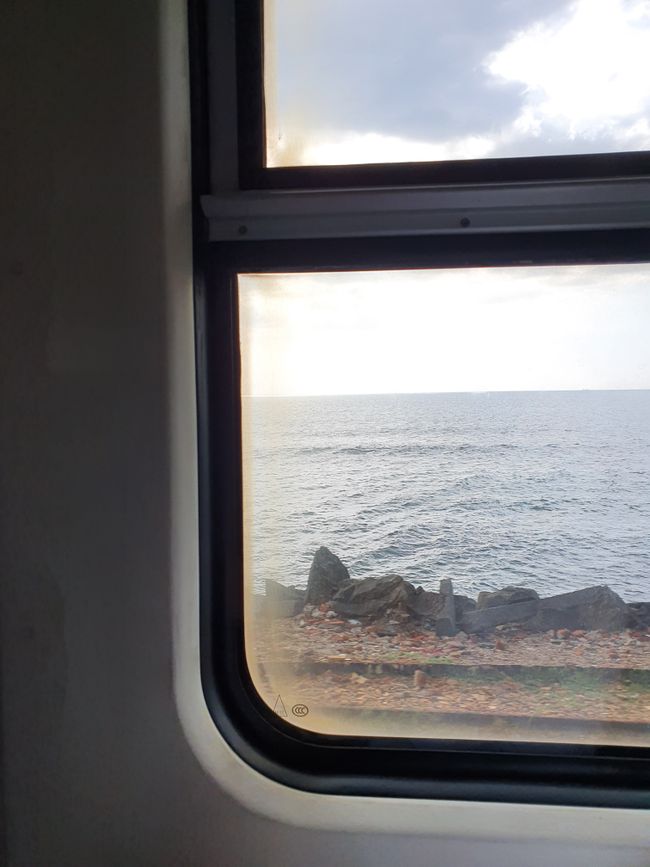
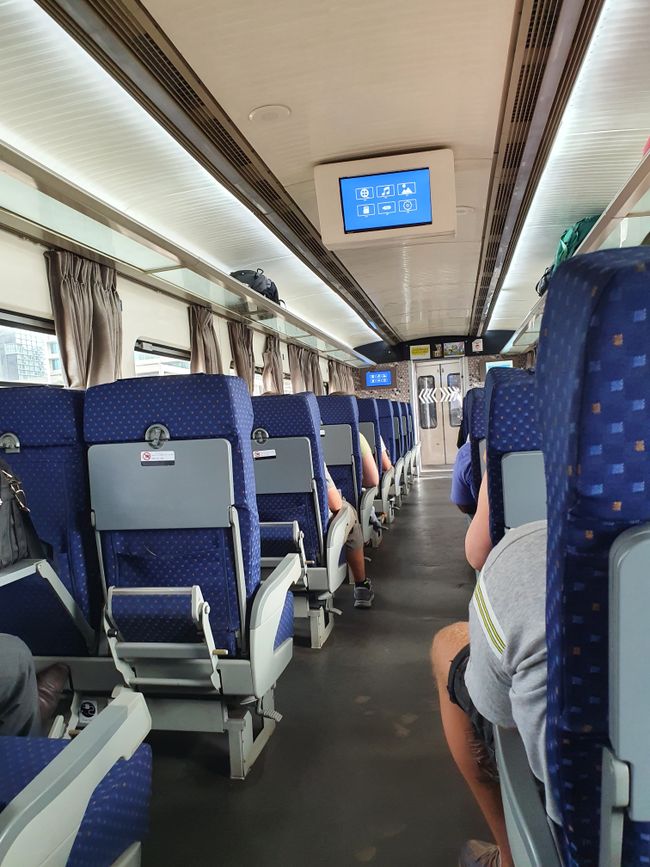
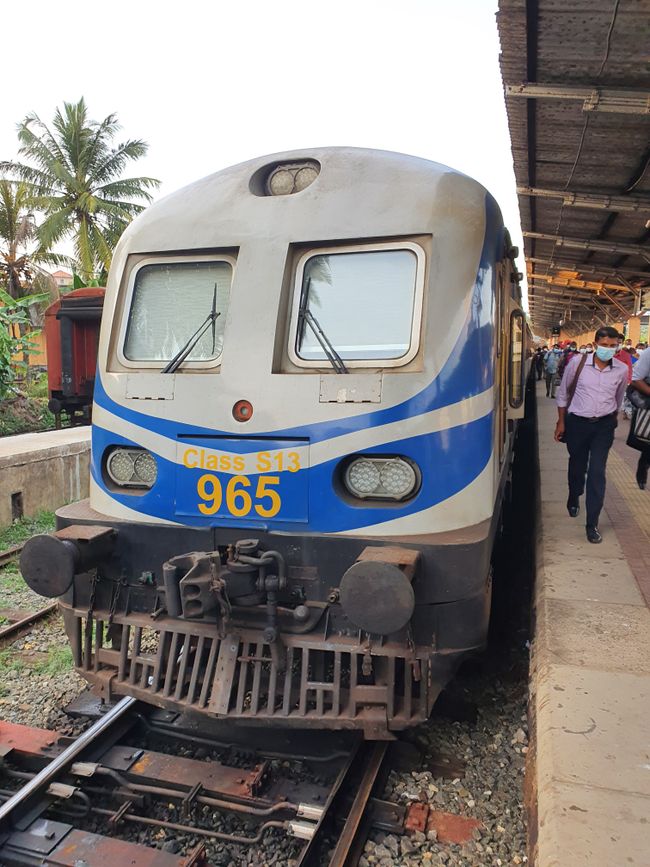
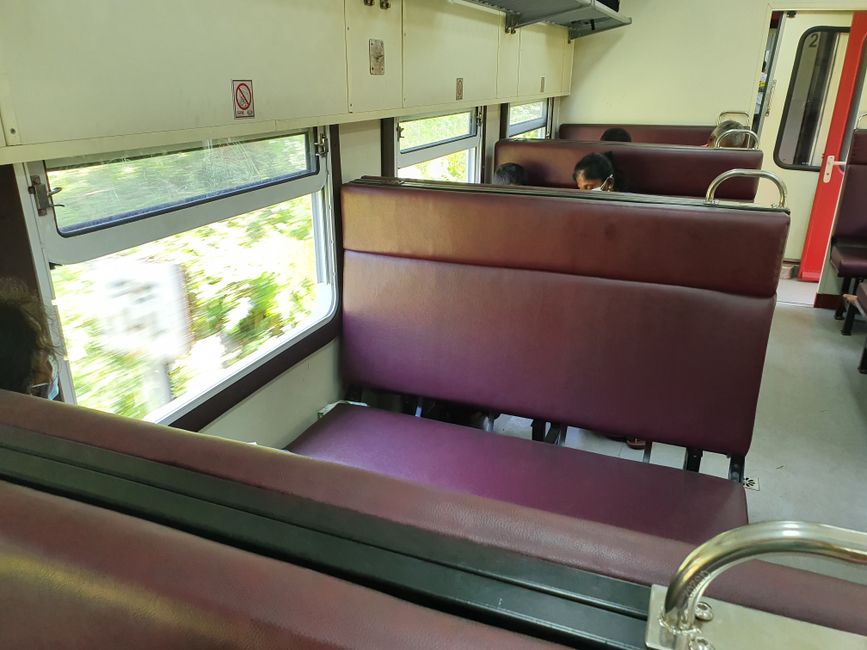
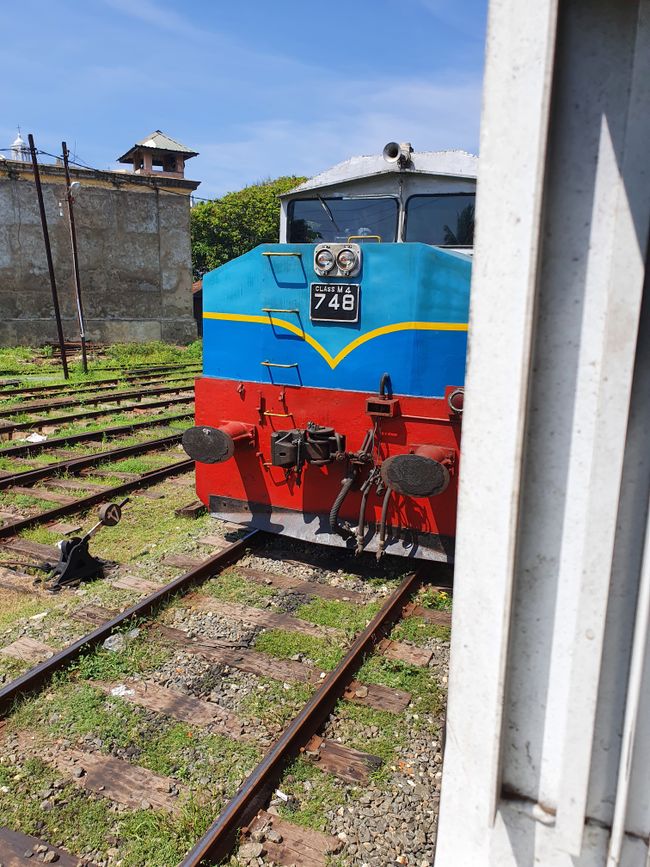
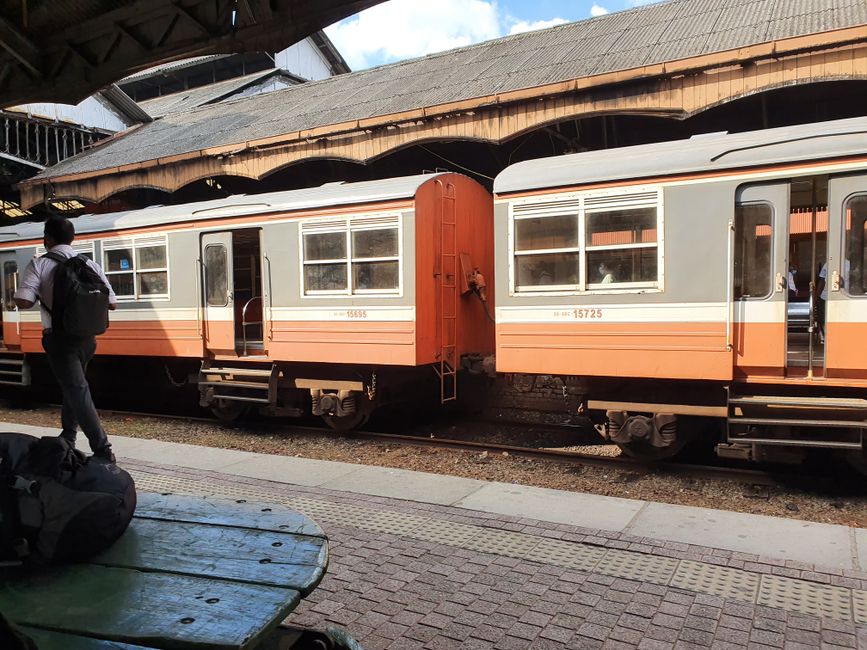
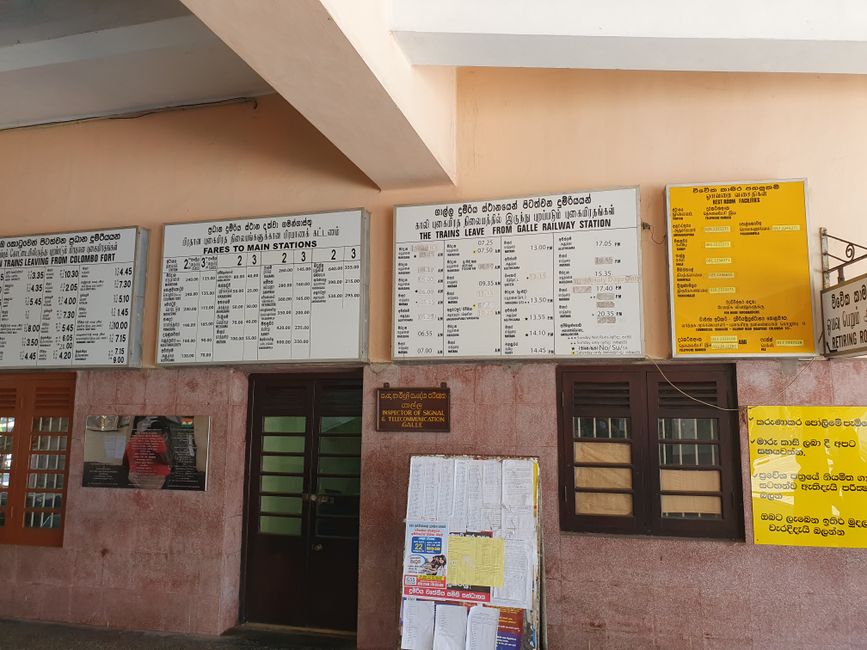
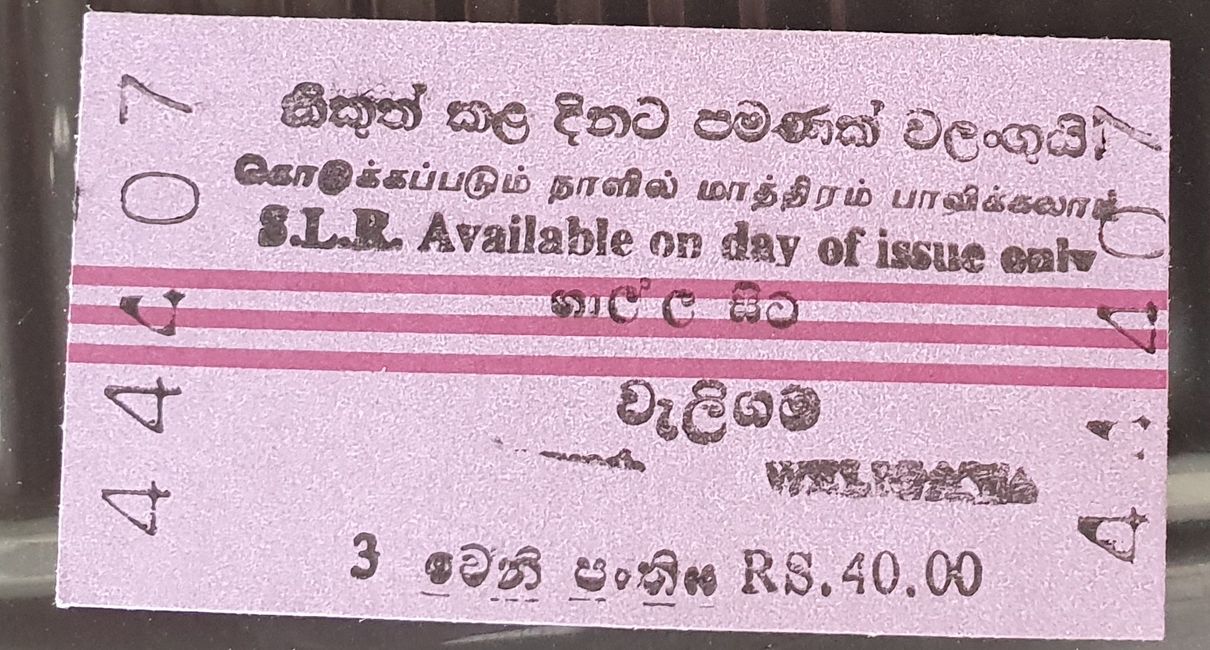
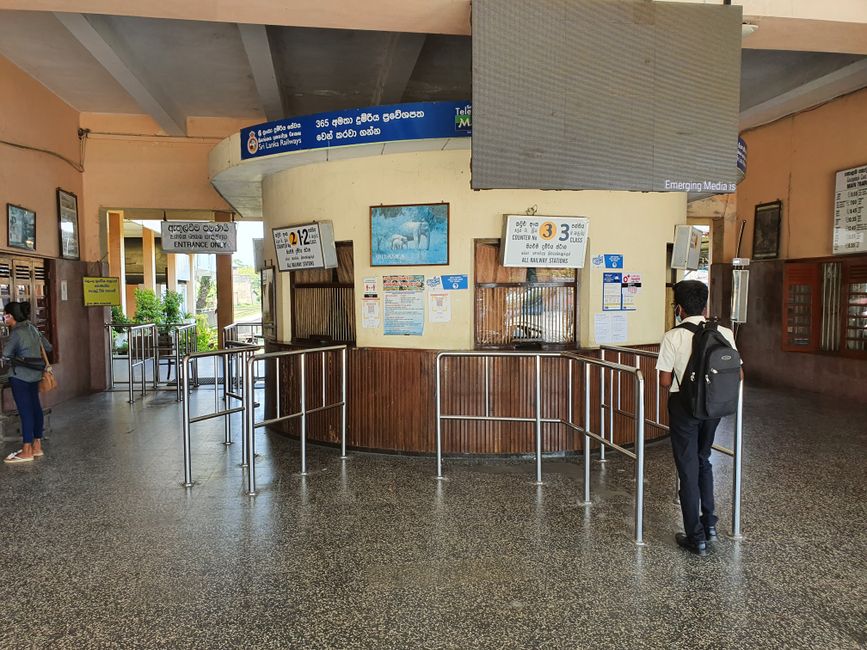
Abonnéiert Iech op Newsletter
The train is the most comfortable and safest means of transportation in Sri Lanka. It is affordable and some routes are popular because of the view. Unfortunately, it does not go everywhere. You can see on the route network on which routes it is suitable for your journey.
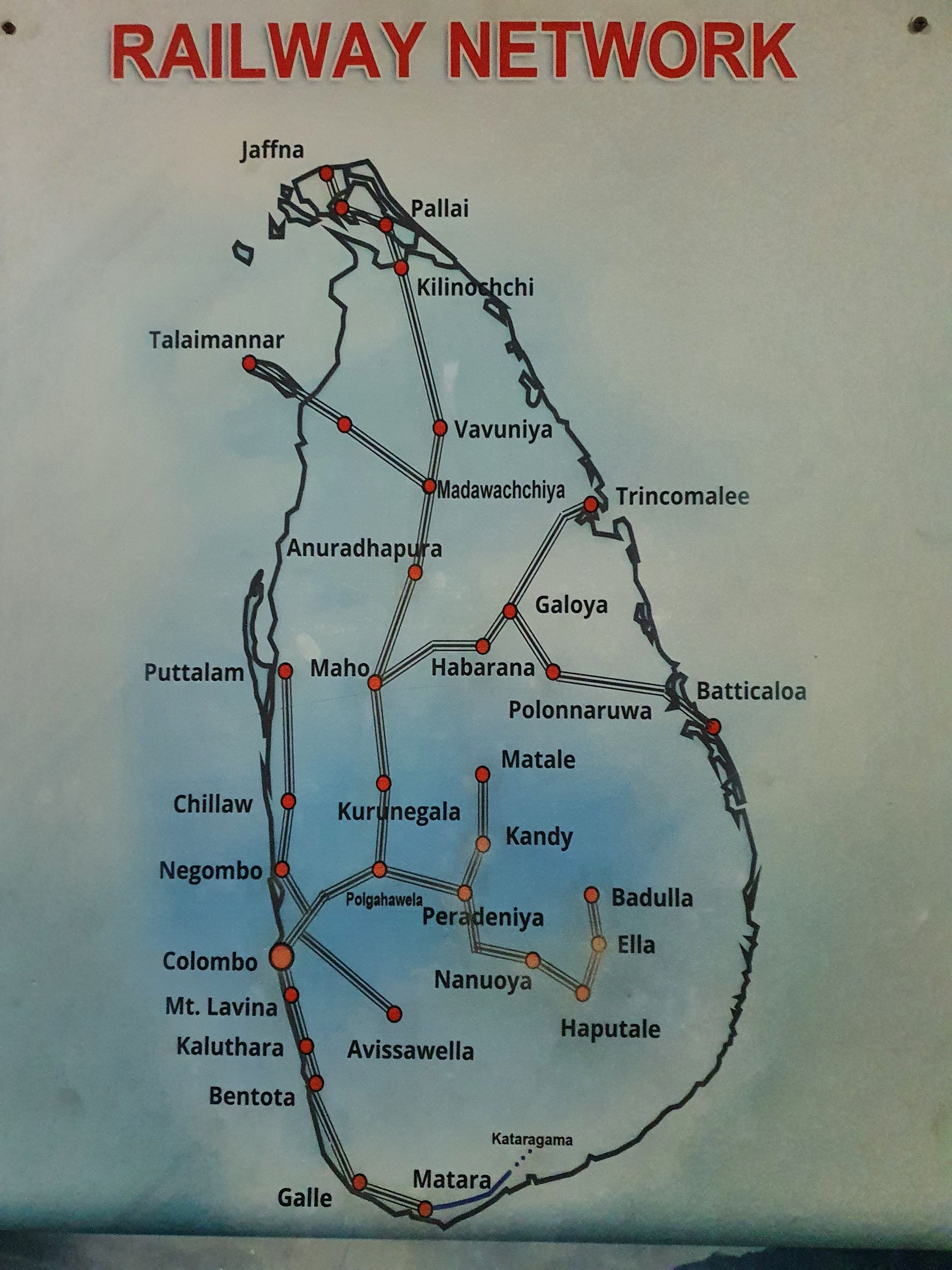
Planning
Most long-distance trains start or end in Colombo. Brave travelers can go to Katayunake South, a nearby train station, immediately after landing at Colombo airport, by tuk-tuk or shuttle bus. From there, you can take a suburban train to "Colombo Fort," the "main station," for a small amount of money, and then possibly transfer to another train.
You can search for direct connections between train stations on the schedule inquiry on railway.gov.lk. The Sri Lankan railway does not have information about transfer connections; each trip must be paid for separately. Therefore, if you change trains, you should also allow time to buy a ticket. If you want to travel from the south (Galle, Matara, ...) to the north, or vice versa, you always have to change trains in Colombo. Unfortunately, the schedule inquiry does not include the "airport station" Katayunake South, only Katayunake.
Note: The online schedule inquiry does not take into account train cancellations, such as during strikes, which unfortunately often happen unexpectedly.
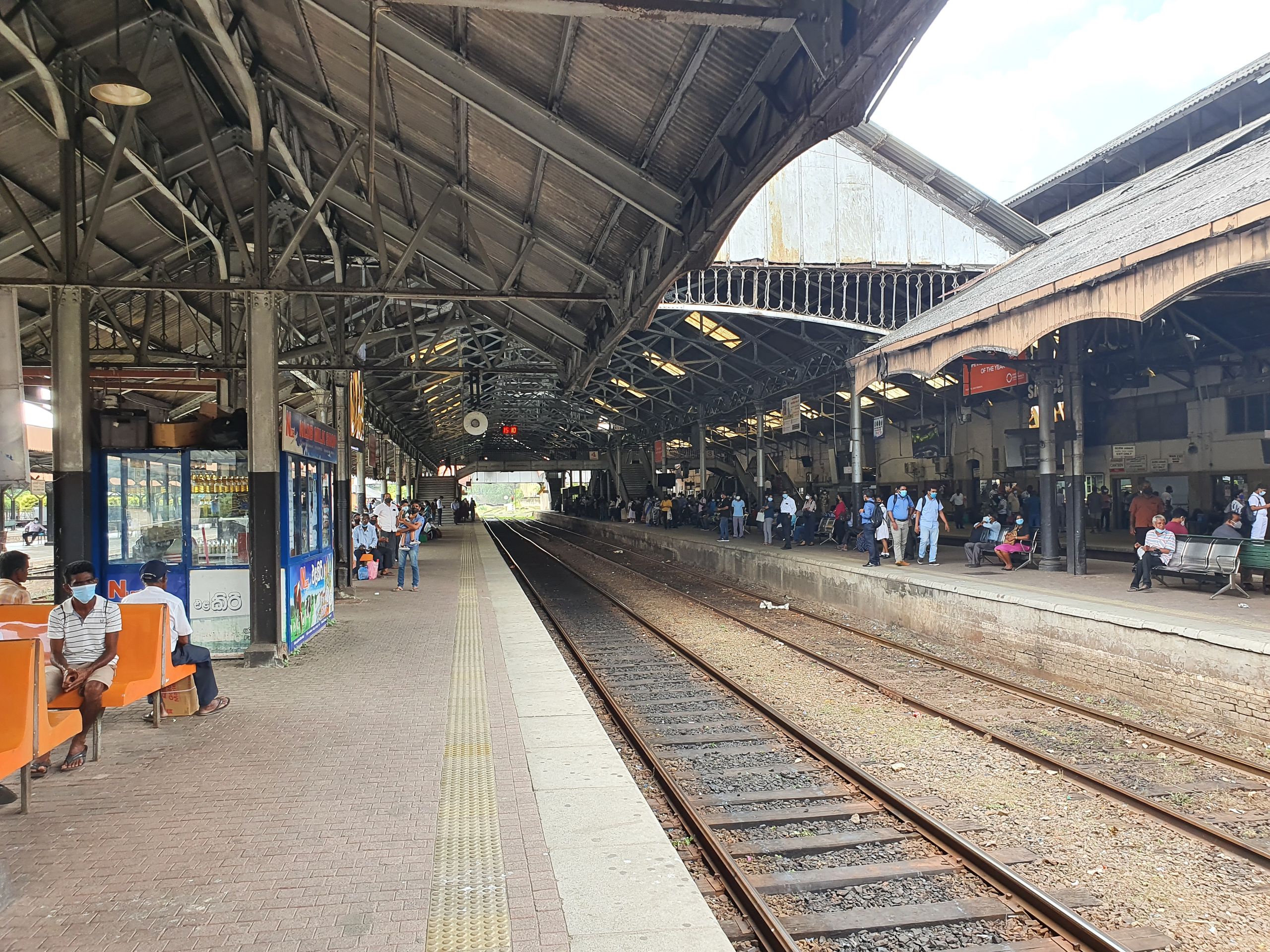
First Class?
Trains in Sri Lanka have three different classes of coaches. First class is air-conditioned and has plenty of legroom. You can also easily bring a backpack or medium-sized suitcase to your seat. The price for air conditioning is that you cannot open the windows. This is inconvenient if you want to take photos of the landscape on a route.
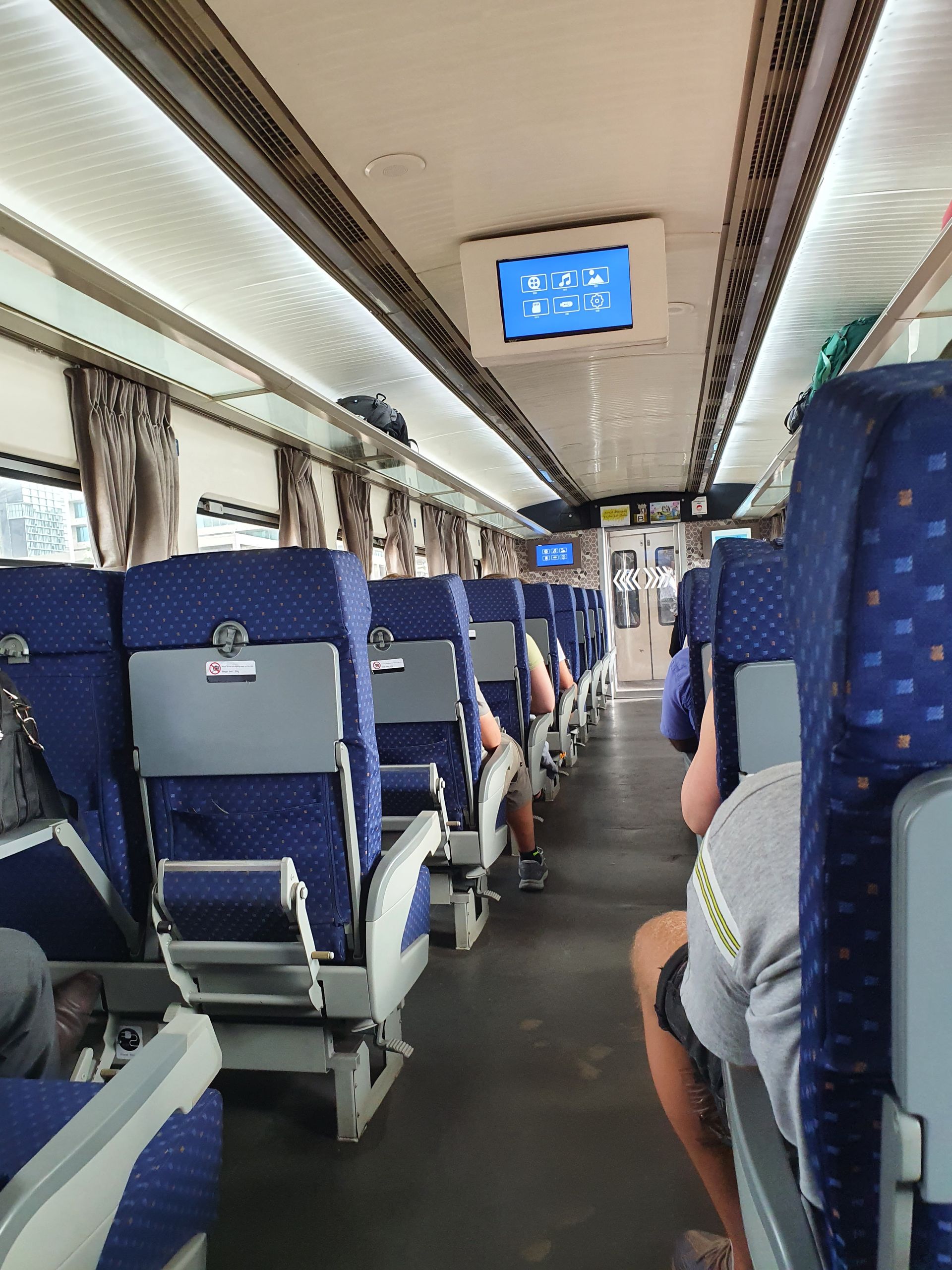
Only in first class can you also reserve seats. However, there are also first class coaches for which you cannot make reservations.
Third class is still comfortable. However, there is actually no space provided for luggage. Sometimes there are luggage coaches, but if you don't get off at the end station, it can be stressful.
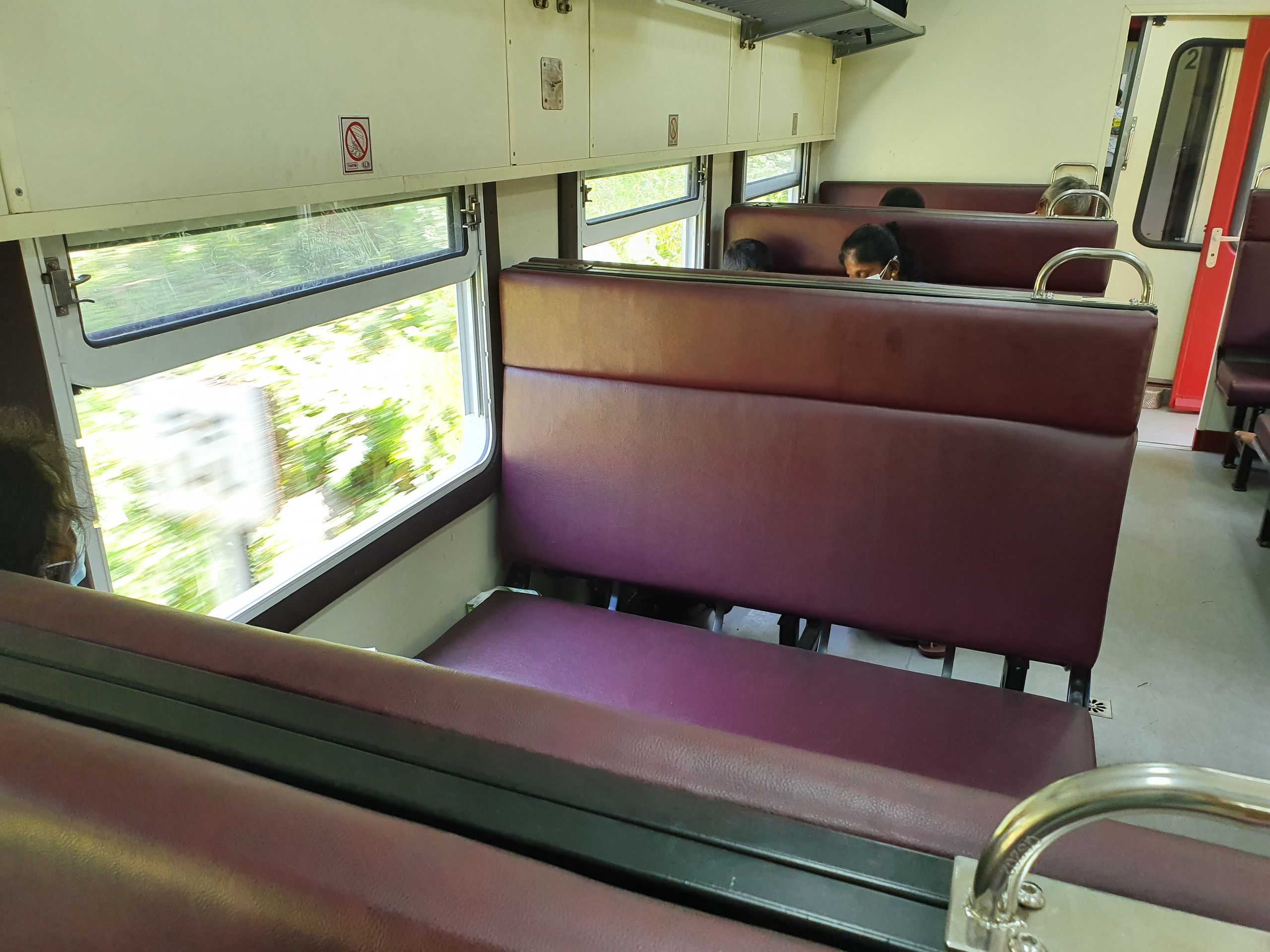
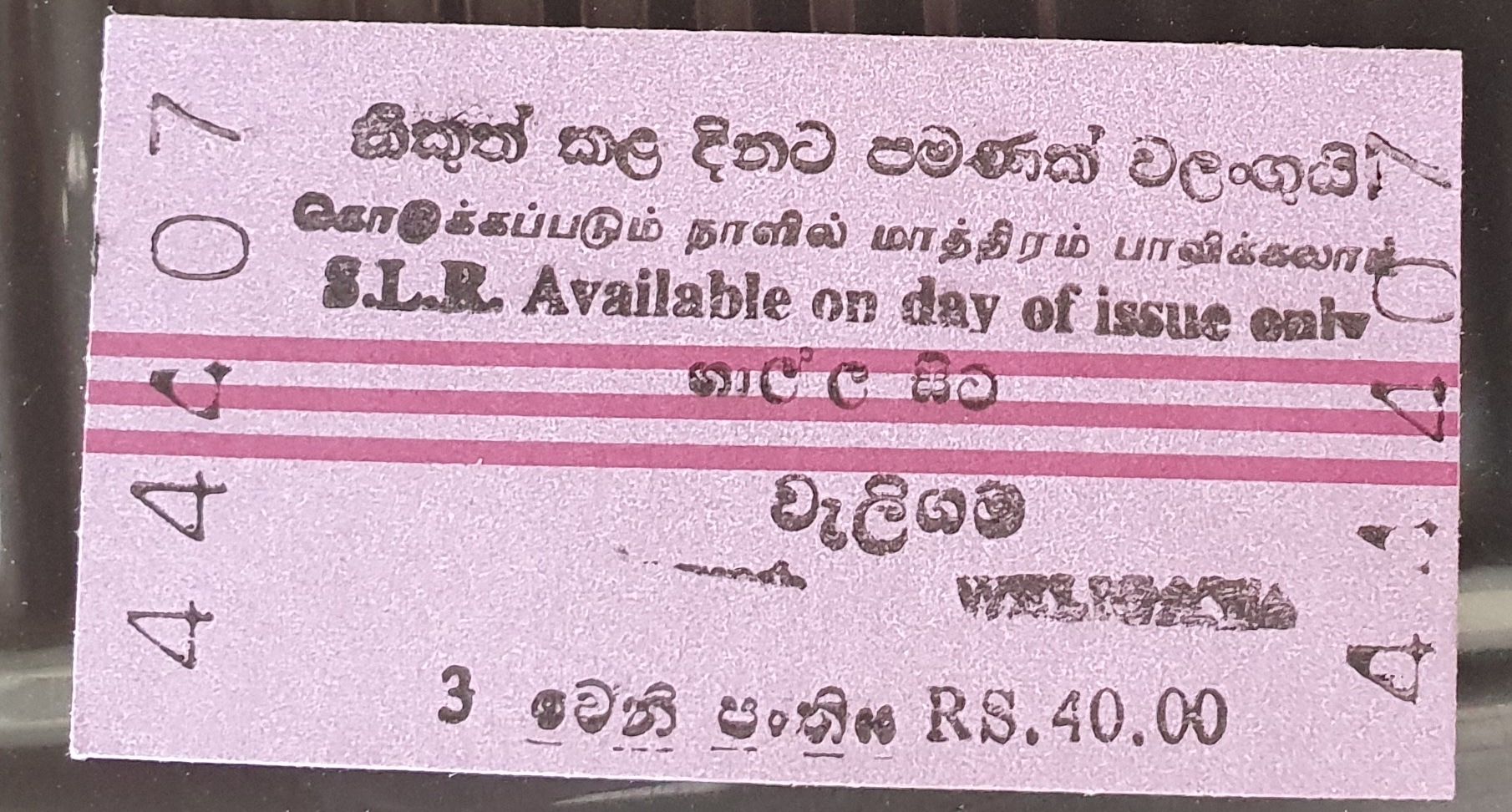
A little tip: If it's a Sri Lankan holiday (usually a full moon day) or the weekend before or after, you should reserve first class. Otherwise, it will be very cramped.
The cost is not a big issue; even a first-class ticket from one end of the island to the other is significantly cheaper than a regional train ride in 2nd class from Cologne to Dusseldorf!
A tip: In Colombo Fort, there is a tourist information office at the entrance of the train station where friendly English-speaking staff can help you with your travel planning.
Ticket Purchase
Tickets can only be purchased at the counter. Tickets can only be bought on the same day. An exception are reservations for first class, which can be made in advance. At larger train stations, there are different counters for different end stations of the routes (e.g. Matara for the south) and coach classes. The price for second and third class is already shown in the online schedule inquiry. Tickets must always be paid in cash.
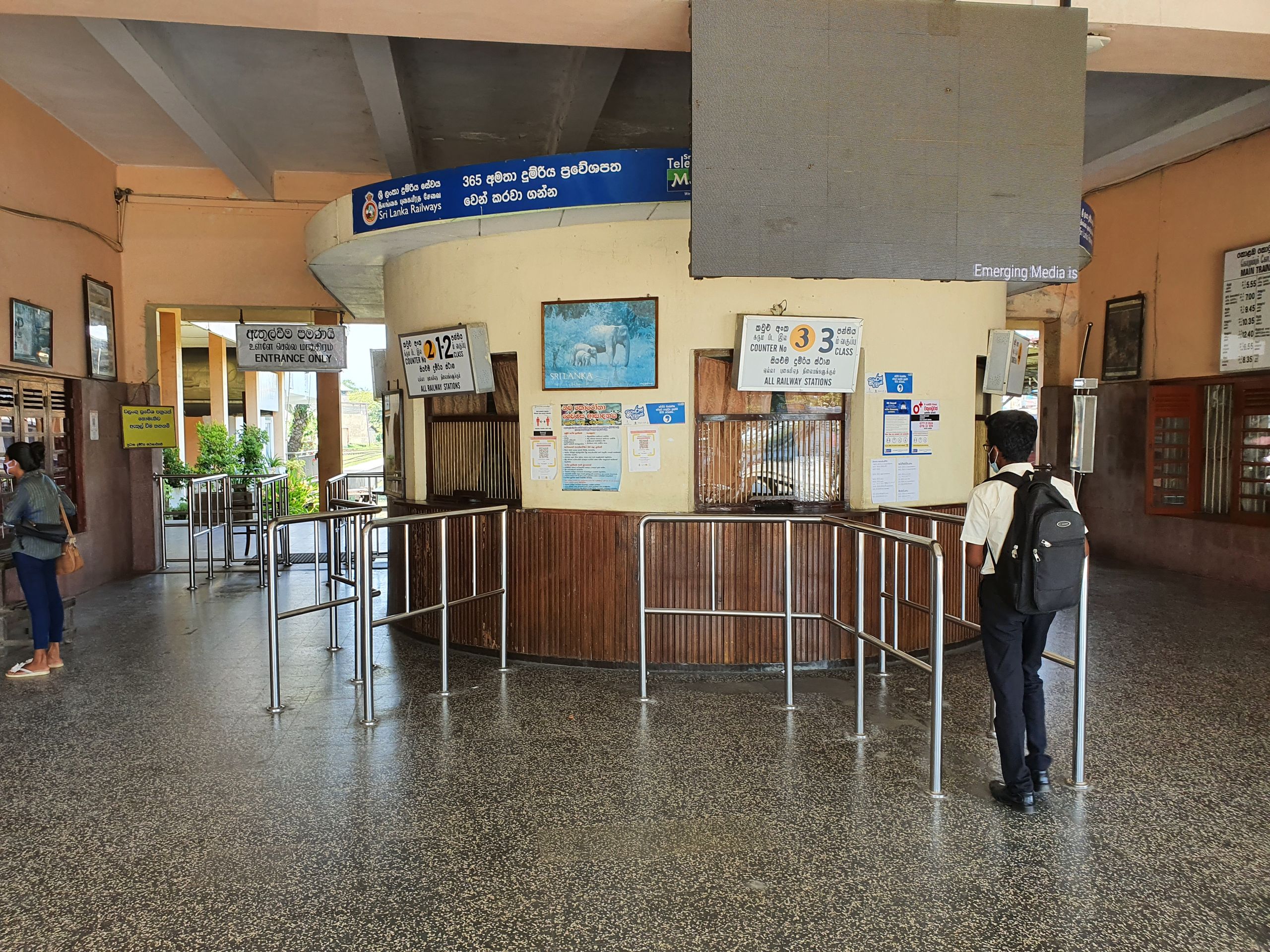
Not all train stations have as good signage as Galle. Therefore, it is advisable to ask for the platform of the train when purchasing the ticket.
If you want to leave from a smaller train station like Habarana (a popular place for an elephant safari), it is not that easy because the only counter is usually closed. If a train is leaving, the counter should be open half an hour before departure.
The famous hill country route between Kandy and Ella
In recent years, there has been a real hype about the hill country route through the tea-growing areas of Sri Lanka, fueled by TV documentaries and the perceived obligation to post a picture on Instagram with your legs hanging out of an open train. The doors of the Sri Lankan train are usually open. This is good for ventilation. Letting small children run around in the train might not be a good idea.
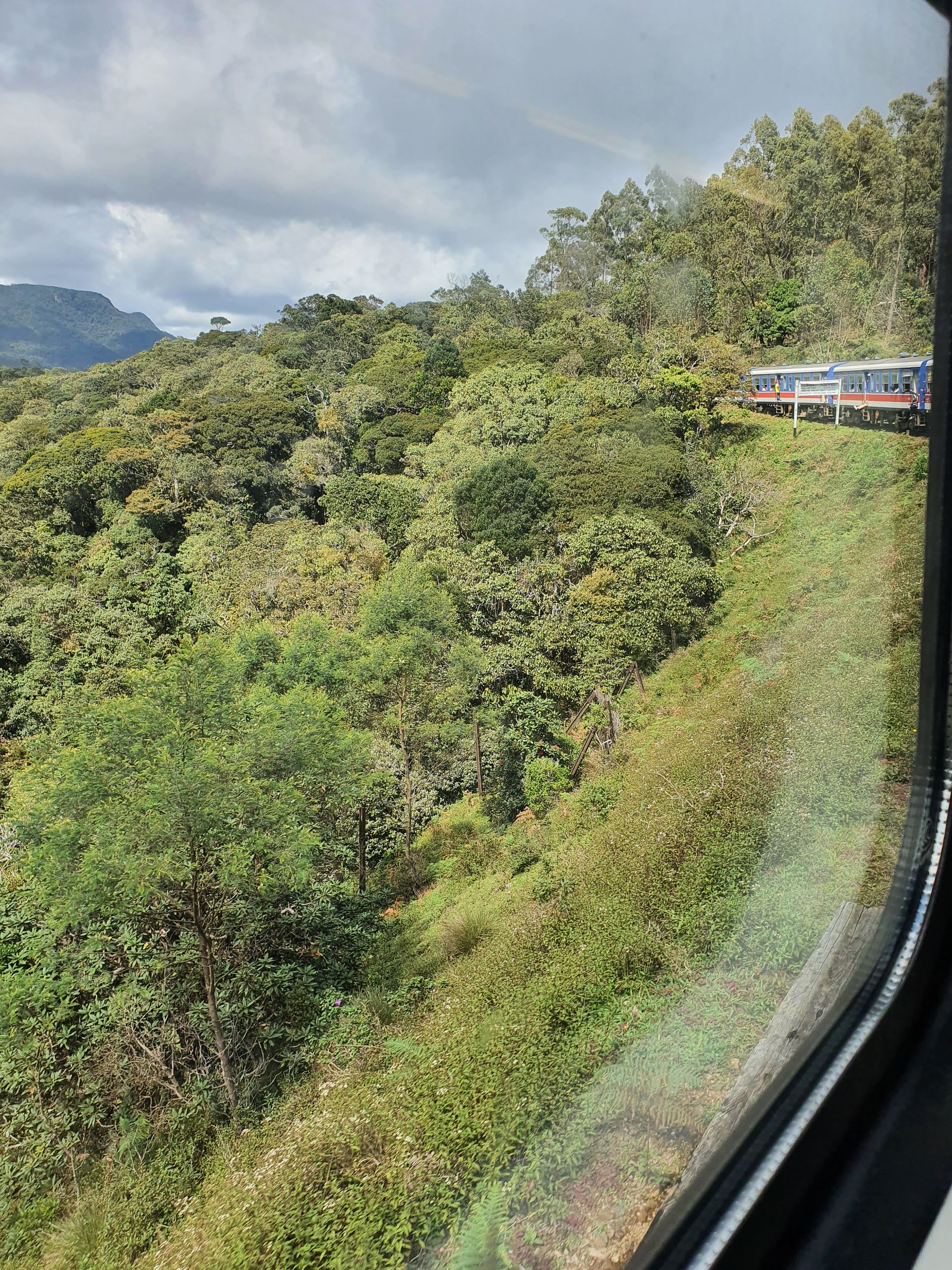
The fact is that a trip to the hill country is a beautiful thing, especially if you have enough time for it. You can hike around Ella (known as Elle in the online inquiry), including on the tracks, but Nuwara Eliya (via Nanuoya train station) is also a popular destination.

The route is a "dead end"; it branches off in the suburb Peradeniya from Kandy, where you will also find the really beautiful botanical garden of Kandy, and then winds to the south and further southeast through the hill country. It does not end in Ella, but in Badulla, a larger city that is not as beautiful as Ella. Therefore, Ella has become established as the beginning or end of the route in terms of tourism. You can also stay there very comfortably. The journey from Kandy to Ella takes 6-7 hours.
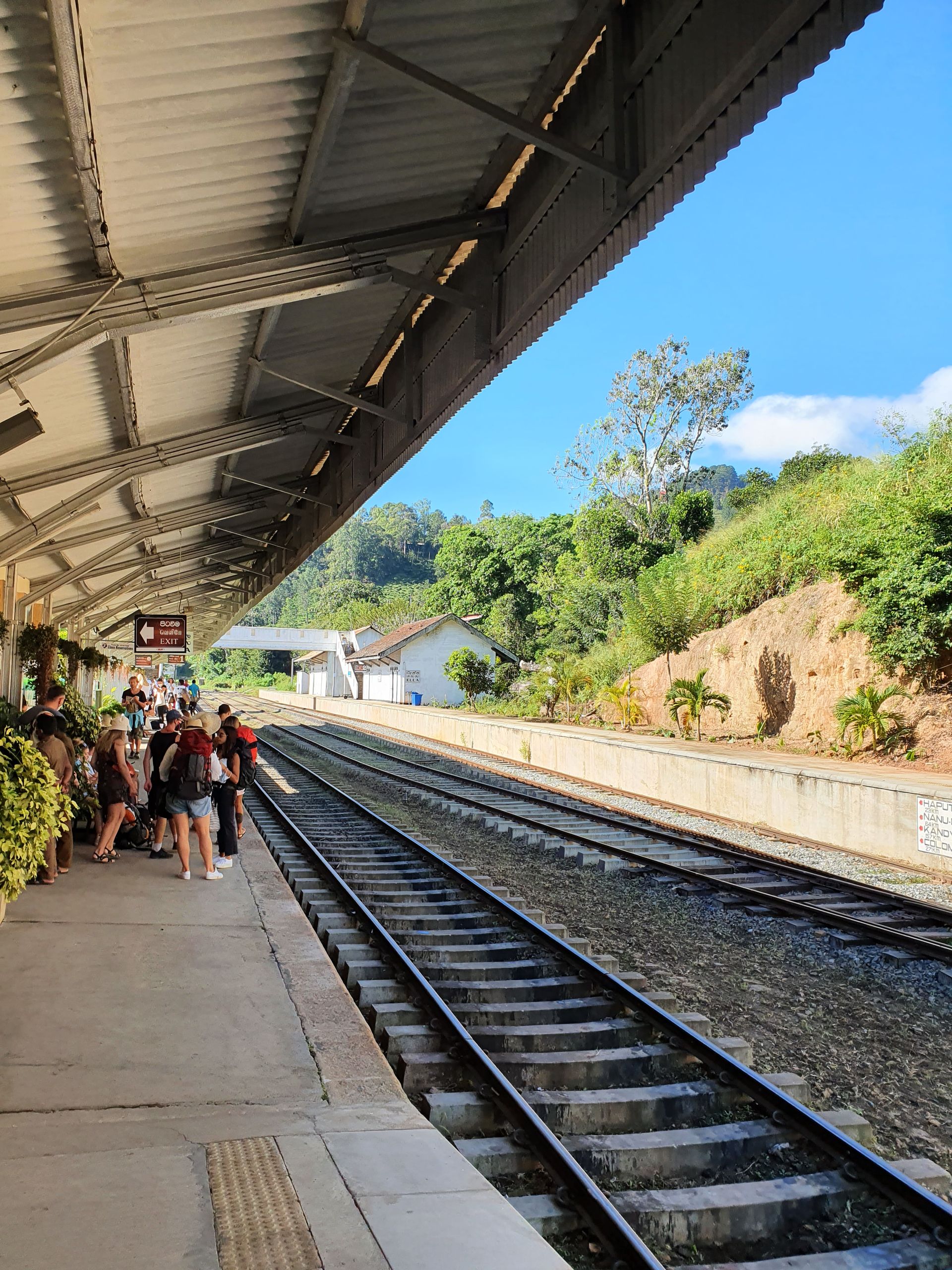
Do you have to travel the whole route? Or even the entire 10 hours from Colombo to Ella? No, because the landscape is beautiful, but the whole route is quite similar. If you already want to go from the south to Kandy or Colombo, or vice versa, you can easily include it in your route. Especially since the train in the mountains is much more comfortable than the bus. I would explicitly recommend the train to people with a weak stomach. If you are already at a place along the route, you can simply travel for an hour in one direction and then back. Or just hike along the route.
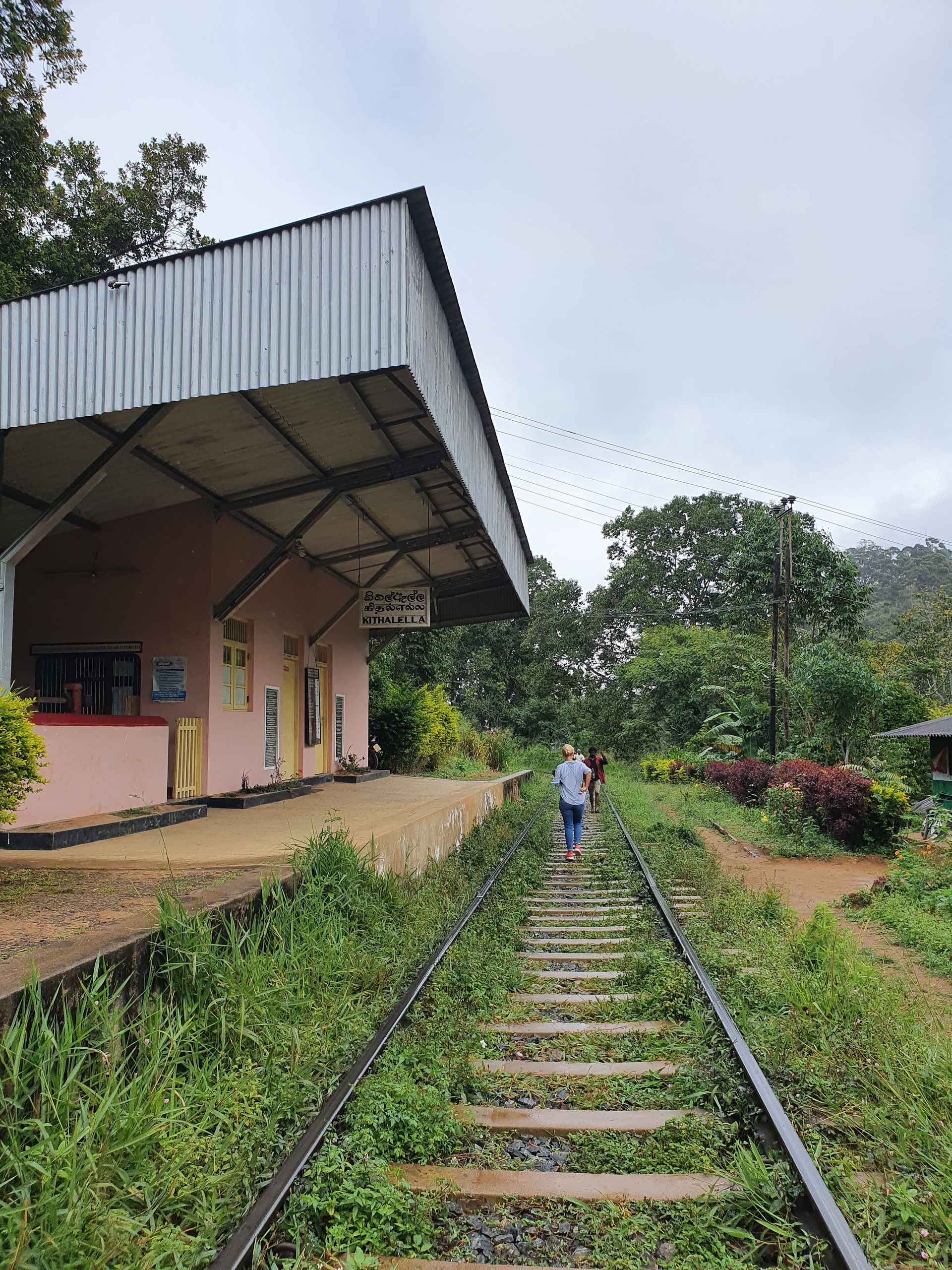
Speed
The train in Sri Lanka is not the fastest. The routes are not designed for high speeds. Many people also use the routes as footpaths. Therefore, it travels at about 50 km/h in flatlands and 20-30 km/h in the mountains.
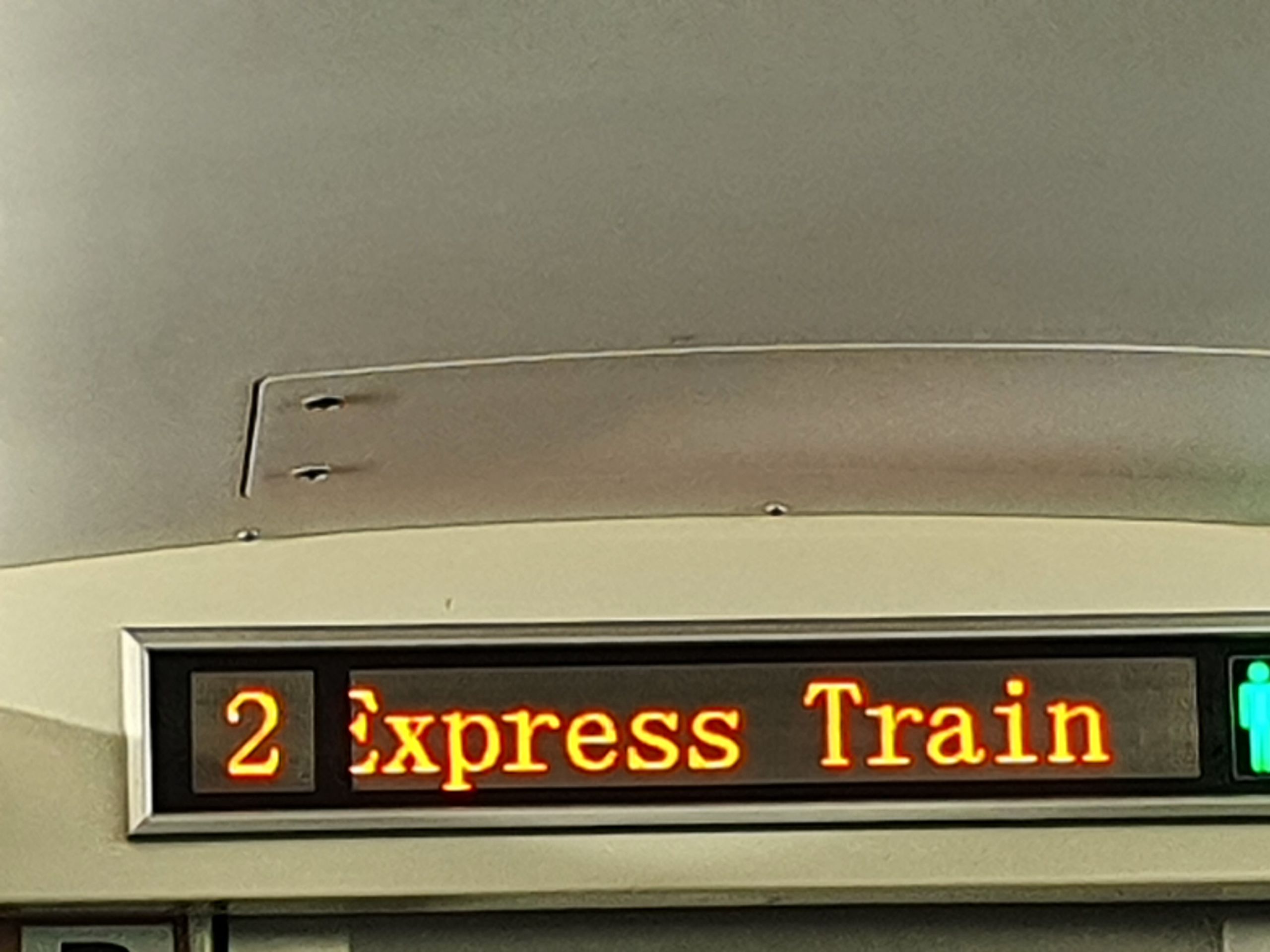
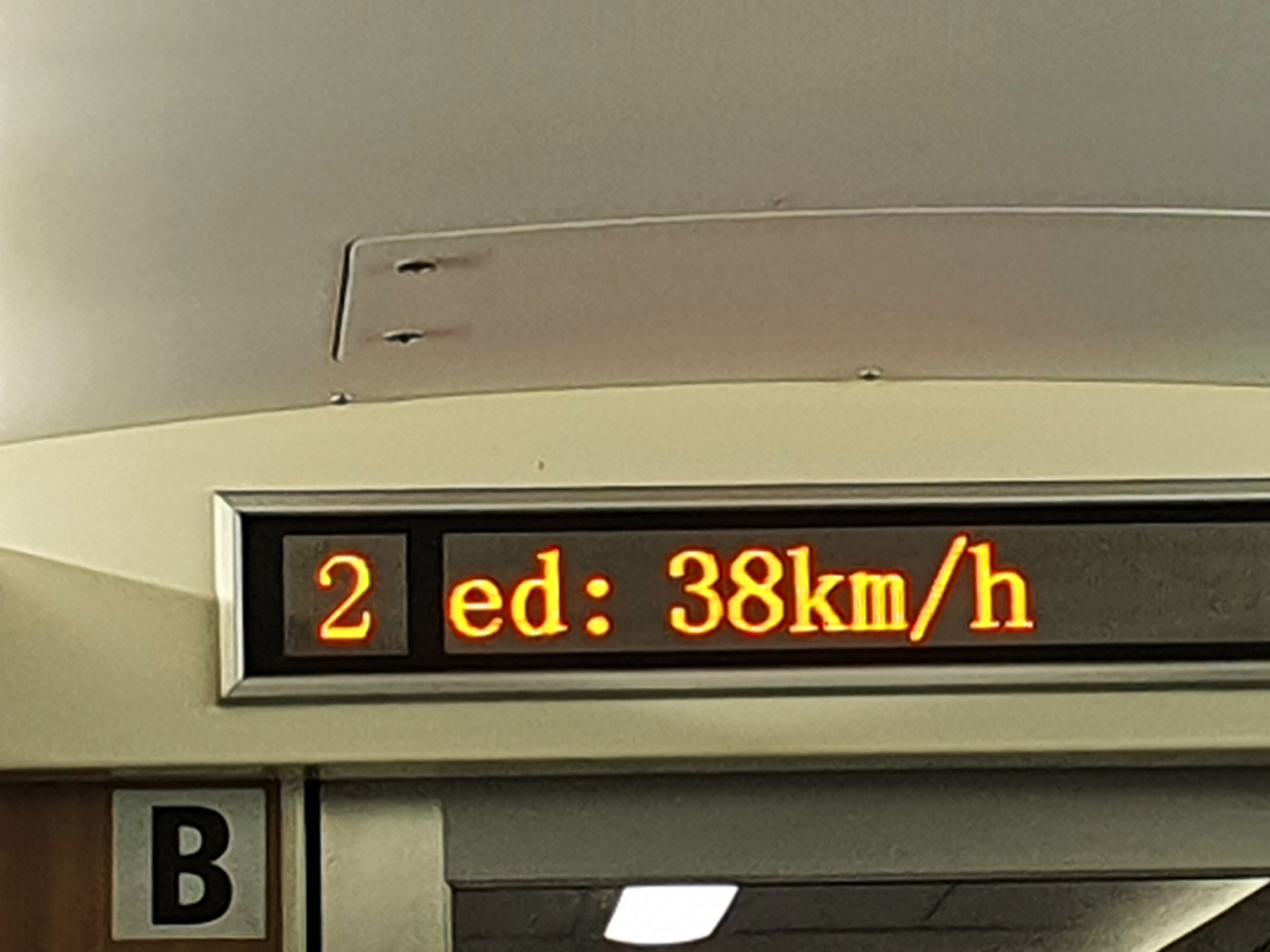
Reliability
If a train is scheduled to leave, it usually leaves the station on time and does not get more delayed than the German railway.
Unfortunately, there are frequent strikes, sometimes without prior notice. You cannot find out about them on the railway.gov.lk website. It is useful to follow local English-language news portals such as newsfirst.lk. It is not always the best idea to ask random locals because they often try to make money from supposed train cancellations. If you trust your host, it is advisable to discuss your travel plans with them.
If you're lucky, only the ticket sellers are on strike, but the trains still operate.
If you know alternative bus connections, you can take your chances. If the train is not running, then just take the bus. Buses run frequently and always.
Costs
From a European perspective, the train in Sri Lanka is remarkably affordable. An example from 2022 for the journey from Colombo to Galle, a distance of 113 km, taking about 2:20 h in the express train:
- 3rd class: 120 Rupees, which is not even 0.60 €
- 2nd class: 220 Rupees, which is just under 1 €
- 1st class with reservation: 600 Rupees, which is about 2.60 €
Conclusion
I can only recommend the train in Sri Lanka. It is completely problem-free if you start from a large train station where the ticket counter is always open. The railway staff are always very helpful and can usually provide information in English.

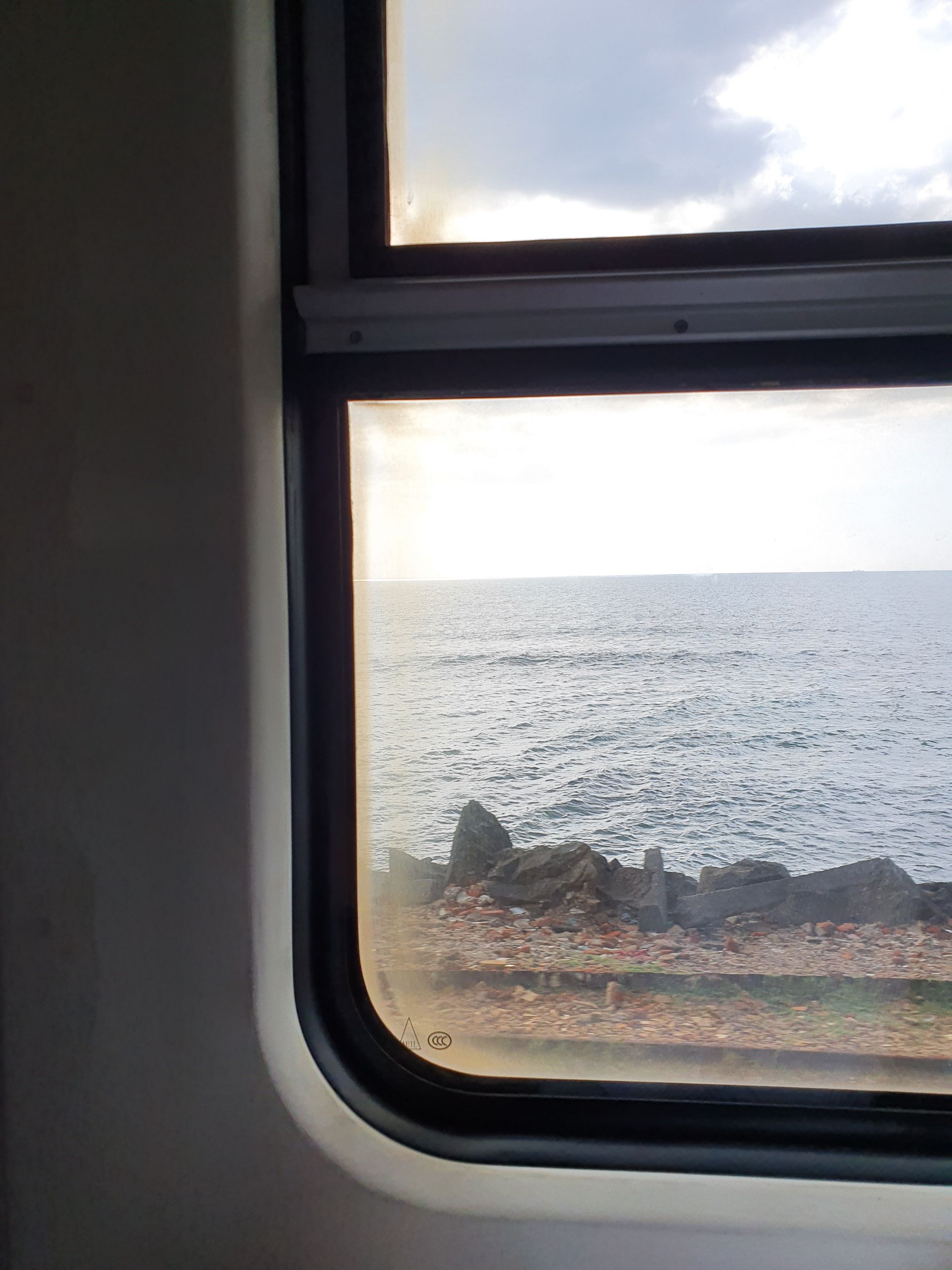
Abonnéiert Iech op Newsletter
Äntwert
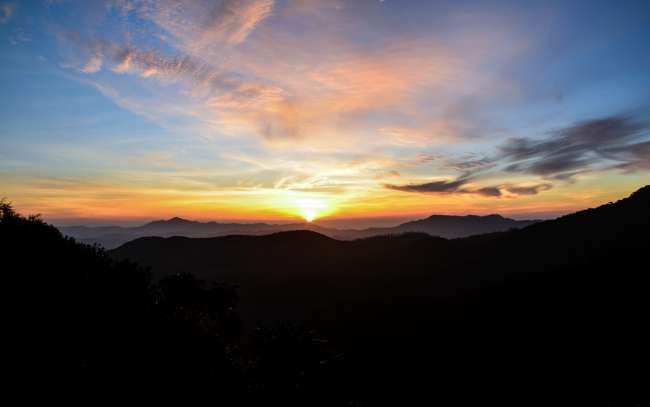
Reesberichter Sri Lanka
